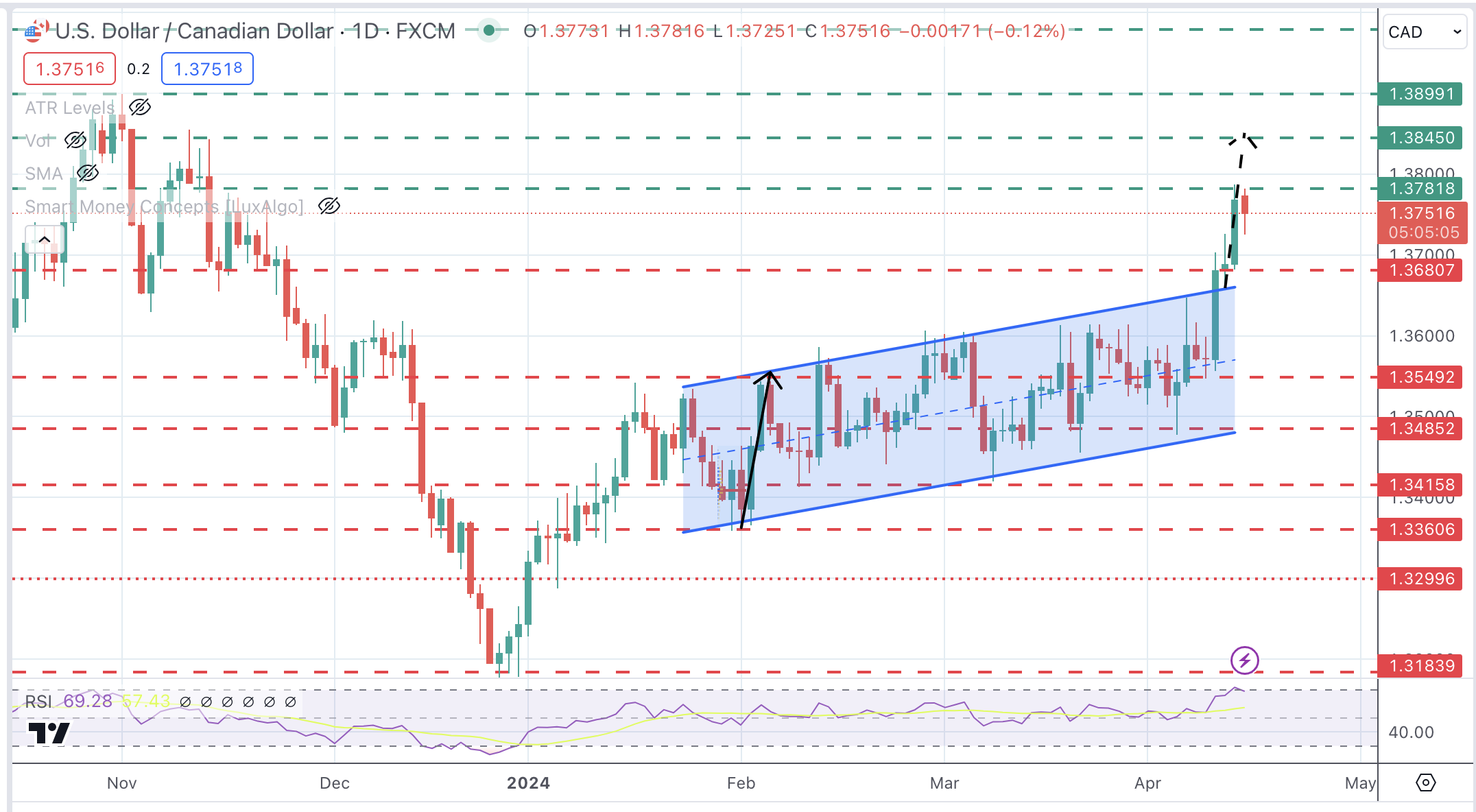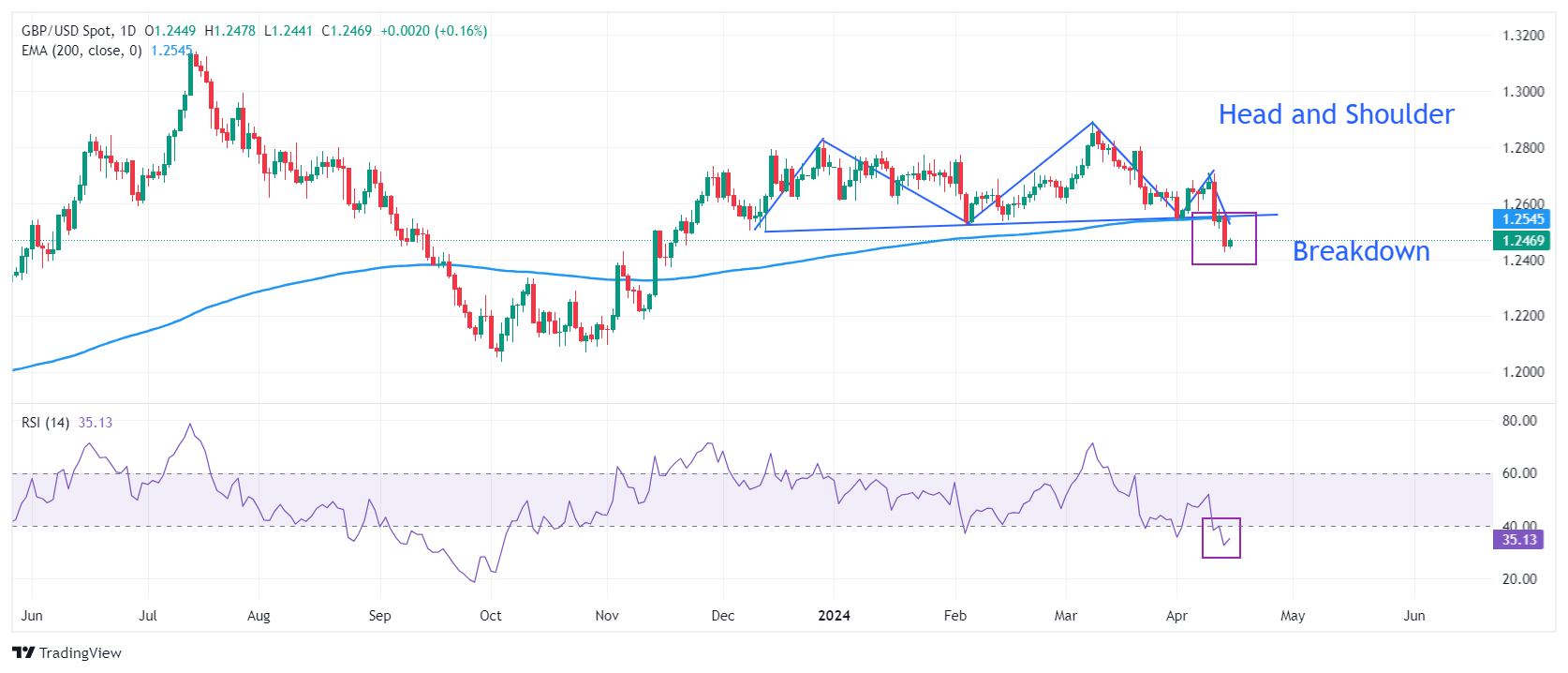Every so often, I check my investment portfolio to see how it is doing. (I stay out of stocks these days, but that is due to my personal situation and is not to be taken as investment advice.) Portfolios are collections of various financial instruments that one is holding, and one always hopes that their value will head in the right direction over time.
When I purchase a financial instrument, I do so because I hope it will perform well in the future. I certainly do not purchase such securities because I believe that they are underperforming and that perhaps my purchase will prop up its price. (Of course, I don’t have the deep pockets that would be needed to be able to manipulate the price of anything.)
Instead, when I sink my money into a financial instrument, I hope that I am investing, not just buying something for its own sake. Given that none of us are endowed with an internal crystal ball, we don’t know how something will perform until, well, it performs. That is the way things are with securities.
The Fed Claims Its Own “Portfolio”
When I first took academic courses in macroeconomics and money and banking, we covered the actions of the Federal Reserve System. One of the things we constantly were told about the government’s “monetary policy” was that when the Fed wanted to increase or decrease the monetary base, it would involve its “portfolio.”
We knew the drill. When the Fed wanted to increase the monetary base, it would purchase US government bonds in the secondary market (mostly six-month Treasury bills) and deposit the funds in the accounts of the previous bondholders, which increased the monetary base.
| However, when the Fed wished to decrease the monetary base, it would sell bonds from its “portfolio” in the secondary market and hold the money it gained from sale of the bonds, keeping it out of circulation. In order to understand the Fed’s operations, one had to understand how secondary government bond markets work.
As the diagram below demonstrates, Fed holdings of government bonds stayed at close to a trillion dollars for a long time. Note that the Fed was not holding government bonds as an “investment,” but rather held them for purposes of manipulating the nation’s monetary base. Then came September 2008. We remember the meltdown of 2008 and, more importantly, the reason it happened. The question that dominated the immediate aftermath of the massive failures on Wall Street was: What should the US government do about it? The much less asked question was: Should government do anything at all? |
The Fed’s Response to the Crisis It Helped Create
Those who followed the paradigm of Austrian economics knew the government should nothing. It should allow the massive amounts of malinvested capital to be liquidated or directed to new uses determined by consumer choice. However, those in economic leadership, beginning with then Fed chairman Ben Bernanke, believed that economic salvation lay a different direction: continue expanding the malinvestments and spend our way out of the crisis.
In the early, heady days of the Fed’s breakout policies, Bernanke’s Fed went on a buying spree, guided by laws passed during the New Deal years, when Congress decided to defer almost entirely to the executive branch. Included among the private securities gobbled up by the Fed were more than $22 billion worth of shares of American International Group (better known as AIG) stock.
This was not because Bernanke saw AIG stock as a good investment, but rather because the company was crashing because of its involvement with credit default swaps, which covered mortgage securities whose value had plummeted to near zero during the crisis. Furthermore, the Fed loaned AIG $85 billion to stay afloat.
Unless one is a disciple of Paul Krugman or Stephanie Kelton, it is not difficult see the huge moral hazard in Bernanke’s approach to the crisis. While Time Magazine magazine declared that Bernanke “saved the world” with these unprecedented mass purchases of stocks, government bonds, and mortgage securities, what he really did was block the real recovery that could have come about had the Fed allowed the markets to do their job and redirect capital to its most profitable uses.
Instead, we got not only the Great Recession, but also a moribund recovery that needed Keynesian stimulus action time and again. Furthermore, as one can see from the diagram of Fed “assets,” in order to provide new economic “stimulus,” the Fed had to buy more and more securities to engage in “quantitative easing,” which is Fedspeak for printing money, lots of money.
Although the Fed later sold its AIG shares and ended its purchases of private securities, it went heavily into the market for mortgage securities in order to reinflate the housing bubble. Ryan McMaken’s recent article on the details of the Fed’s purchases is instructive, as it lays out the outright fraudulence of calling the combination of Fed holdings a portfolio. Indeed, it is anything but a portfolio. He writes:
While the Fed has long bought government debt in its soo-called open-market operations to manipulate the interest rate, wholesale buying of financial assets began in 2008. This included both US government Treasurys and—in a new development—private-sector mortgage-backed securities (MBSs). This was done to prop up banks and other firms that had bet on the lie that “home prices always go up.” The value of mortgage-backed securities was falling fast, so beginning in 2008, the Fed bought up MBSs to the tune of $1.7 trillion.
As stated earlier, investors hold portfolios in hopes that the value of the held securities will increase. The Fed, on the other hand, holds securities because they otherwise would fail in the market. Fed purchases can artificially inflate these securities’ value. These so-called assets also help the Fed underwrite its latest set monetary expansion.
With a recession looming and the economic effects of the Fed’s ongoing stimulus racket diminishing, it is time to tell the hard truth about what the Fed has been doing and the economic peril it has caused. Because Bernanke and his successors at the Fed have refused to acknowledge the damage they have caused since 2008, it will be much more difficult to deal with the pile of malinvestments the Fed has helped create.
Conclusion
Had the Bush and Obama administrations permitted the malinvestments that characterized the first housing boom to be liquidated or directed elsewhere, the initial recession would have been deeper than what the economy experienced in 2009. However, there also would have been a stronger recovery and an economically sound path for entrepreneurs and investors to follow.
Instead, in its efforts to create yet another temporary fix, the Fed kicked the proverbial can down the road, and now it is more difficult than ever to do what is necessary to right the ship. Despite the so-called confidence from Fed and Biden administration officials and their court economists, the economic prognosis is not good. It will take courage to liquidate the malinvested capital, to make capital markets real markets again, and to take the heat when the economy suffers a recession before it can begin a glorious recovery.
That kind of courage no longer exists in Washington. Instead, we are given happy talk and false promises of prosperity if only we’ll let the “experts” be in charge. This does not end well.
Full story here Are you the author? Previous post See more for Next postTags: Featured,newsletter


























